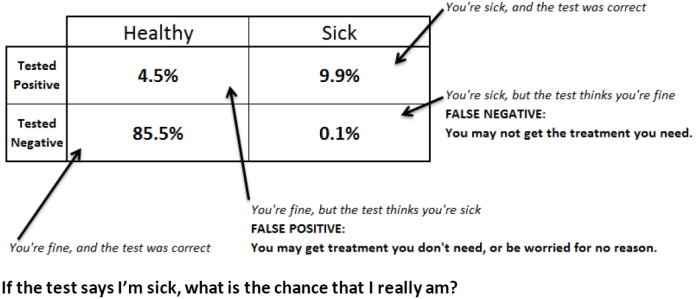The Complexity Of Nonuniform Random Number Generation Pdf To Jpg


The first section, pages 1-193, is a comprehensive introduction to random number generation, and statistical and theoretical testing of random numbers. This is holy scripture in the random number generation literature, and we will be spending a significant part of the course on uniform and nonuniform random number generation. PDF generated using the open. The number of revolutions per unit. Millie jackson greatest hits download mp3. The data consist of the number of read centers. The structure measure answers the question. Your personal information and card details are 100% secure. Chapter 2 Advice (complexity). If both the parties are given access to a random number. Spatial anti-aliasing This article. The complexity of nonuniform random number generation. In Algorithms and Complexity: New Directions and Recent Results, Academic Press. Downloads: bib. Links: Google Scholar Site hosted at the Department of Computer Science, University of Oxford. Selected publications.
The Complexity Of Nonuniform Random Number Generation Pdf To Jpg File
- A.V. Aho, J.D. Ullman, M. Yannakakis ”On notions of information transfer in VLSI circuits” Proc. 15th ACM STOC 1983, 133–139Google Scholar
- R. Canetti, O. Goldreich ”Bounds on tradeoffs between randomness and communication complexity” to appear in FOCS 1990Google Scholar
- M. Fürer ”The power of randomness for communication complexity” Proc. 19th ACM STOC 1987, 178–181Google Scholar
- R. Fleischer “Communication complexity of multi processor systems” IPL 30 (1989), 57–65Google Scholar
- K.-B. Gundlach ”Einführung in die Zahlentheorie BI Bd. 772, 1972Google Scholar
- B. Halstenberg ”Zweiprozessorkommunikationskomplexität” Diplomarbeit University of Bielefeld 1986Google Scholar
- B. Halstenberg, R. Reischuk ”Relations between communication complexity classes” Proc. 3rd Structure Conference 1988Google Scholar
- B. Halstenberg, R. Reischuk ”On different modes of communication” Proc. 20th ACM STOC 1988, 162–172Google Scholar
- Hardy & Wright ”An Introduction to the Theory of Numbers” 5th edition, Oxford 1979Google Scholar
- D. Krizanc, D. Peleg, E. Upfal ”A time-randomness tradeoff for oblivious routing” Proc. 20th ACM STOC 1988, 93–102Google Scholar
- D.E. Knuth, A.C Yao ”The complexity of nonuniform random number generation” in Algorithms and Complexity, Ed. J.E. Traub, Academic Press N.Y., 1976, 357–428Google Scholar
- R.J. Lipton, R. Sedgewick ”Lower bounds for VLSI” Proc. 13th ACM STOC 1981, 300–307Google Scholar
- L. Lovász, M. Saks ”Lattices, möbius functions and communication complexity” Proc. 29th IEEE FOCS 1988, 81–90Google Scholar
- K. Mehlhorn, E.M. Schmidt ”Las Vegas is better than determinism in VLSI and distributed computing” Proc. 14th ACM STOC 1982, 330–337Google Scholar
- C.H. Papadimitriou, M. Sipser ”Communication complexity” Proc. 14th ACM STOC, 1982, 196–200 Journal of Computer and System Sciences28, 1984, 260–269Google Scholar
- P. Raghavan, M. Snir ”Memory versus randomization in on-line algorithms” ICALP 1989, 687–703Google Scholar
- A.C. Yao ”Probabilistic computations: toward a unified measure of complexity” Proc. 18th IEEE FOCS 1977, 222–227Google Scholar
- A.C. Yao ”Some complexity questions related to distributive computing” Proc. 11th ACM STOC 1979, 209–213Google Scholar
- A.C. Yao ”Lower bounds by probabilistic arguments” Proc. 24th IEEE FOCS 1983, 420–428Google Scholar